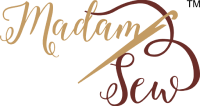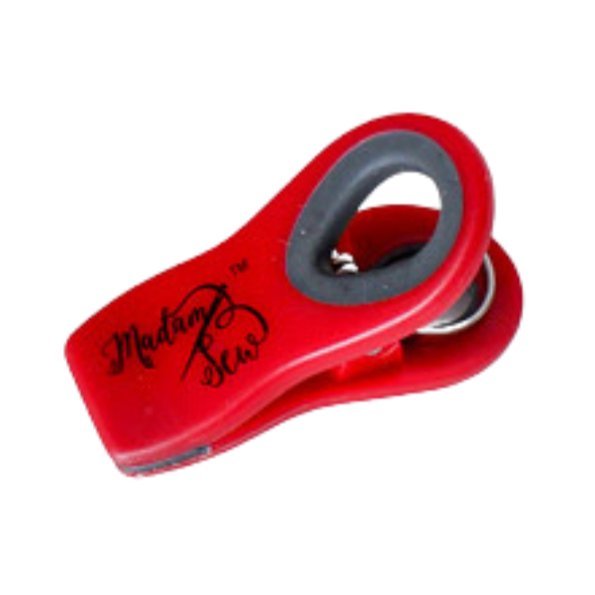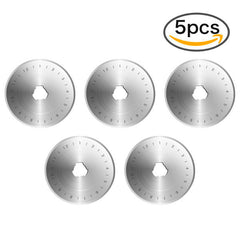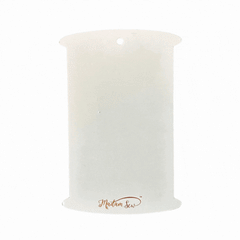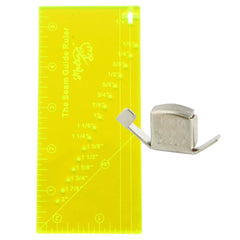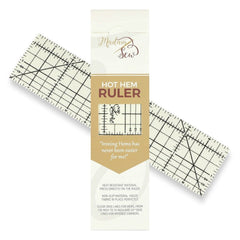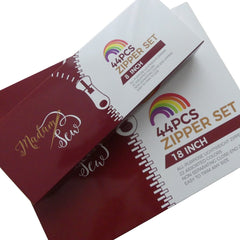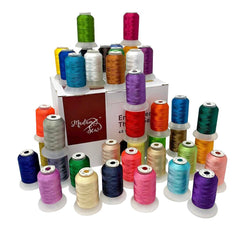Getting Ready To Quilt - The Ultimate Checklist
This ultimate checklist blog is a warm hug of encouragement and confidence to all levels of quilters. I want you to love the quilting process as much as I do. This blog will provide you with the basic quilting tips to get you ready for your next quilt project.
When I first started quilting I had no idea of the joy that it would bring to my life. And it took years for me to fully understand how my quilt projects have brought joy to others. My motivation for this ultimate checklist blog is to share basic quilting tips that I wish I had known years ago. My quilting knowledge is based on trial and error. I’ve been exposed to thousands of hours of workshops, books, and videos. And currently, I have the luxury of being able to expand my quilting knowledge daily. This blog is wisdom that I have obtained during my over 17 years of quilting. I recommend that you keep it handy, post it within your line of sight for easy reference, or add it to online browser favorites for quick access.
This blog will address three key areas: Preparing Your Quilting Environment; Prep Work “Before You Start Quilting” and Piecing Prep List. If you follow this checklist your quilting experience will be much easier and stress-free. It works every time for me! Give it a try.
I invite you to check this blog every time you start a quilt project because there will be updates as Madam Sew expands its quilting content.
Getting Ready To Sew or Quilt - The Ultimate Quilter’s Checklist
Preparing Your Quilting Environment
First, check these four things on your sewing machine.
- Clean the lint from your sewing machine before each project.
- Check under the needle plate and in the bobbin holder.
- Start with full bobbins for piecing and quilting.
- Use a new needle for piecing, 90/14 or 100/16 Topstitch Needle is recommended.
Sewing/Quilting Room “U” shaped workstation layout
The right set-up for your quilting workstation also makes sewing and quilting more agreeable and efficient. A “U” shaped workstation is ideal, it makes it easier to create the Quilter’s Workstation Triangle.
What is a “Quilters Workstation Triangle”? Many are aware that the stove, sink, and fridge triangle is the best room design for a small space kitchen. Quilters also have a workstation design that helps them keep the tools they will need within easy reach. The recommended three points of the Quilters Workstation Triangle are:
-
- (1) The sewing machine in front of you;
- (2) the pressing station to your preferred side - this depends on whether you are right-handed or left-handed; and
- (3) your tools on the other side.
Sewing/Quilting Room Triangle Layout
Sewing Ergonomics: Don’t forget to make your quilting experience more enjoyable. Try adopting the correct posture shown in the illustration below.
Correct and incorrect sewing posture
Before You Start Quilting
Any quilter will tell you that the most fun of quilting is not the prep work that is required. I highly recommend getting the prep work out of the way first.
My method is to delay the start of my quilt project by a day. Dedicate the day prior to starting your project to the prep work. During the prep work, I will choose the fabrics, starch, and iron the fabrics, cut the fabric, prepare my sewing area, clean & oil my sewing machine, choose the presser feet I will use, and get all the supplies I will need handy and ready to use. Although I did all the prep work myself the day before, I pretended that a nice lady was the sewing buddy who enabled me to enjoy a carefree day of quilting.
Give it a try, you’ll be quilting with a big smile on your face. Ask me how I know this!
Piecing Prep List
Piecing is the part of the quilt-making process where you sew the pieces of fabric together to make quilt blocks or the quilt top. Gather these tools and set up your machine with these settings before you start.
- Presser Foot: Your favorite ¼-inch presser foot
- Walking Foot
- Needle Plate: Straight Stitch
- Stitch Type: Straight Stitch
- Needle: 90/14 Top Stitch Needle
- Needle and Bobbin Thread: White Cotton 40 WT (the thread will not be seen on the right side of the pieced blocks and borders)
- Stitch Length: 2.0 (This length makes a stronger seam.)
- Stitch Width: 0.0
- Check that the needle position is ¼ inch from the right of the walking foot sole. Use scrap fabric and measure it with a ruler.
Close-up of well used “leader fabric”
- Remember to use a “leader fabric” for smooth stitches at the beginning of your sewing.
Definition: A leader fabric is a small piece of fabric that you place at the beginning of your seam. Start sewing on the leader fabric and then properly align your fabric as you approach the needle. Any thread nests will be caught on the leader fabric and not your seam!
- Hold the needle thread to the side of the walking foot as you take your first stitches. This will also avoid thread nesting.
Completed Checklist
That’s it! Your use of this checklist is the start of having a joyous quilting experience. But don’t keep it to yourself, share it with a quilting friend, your quilting group or best of all teach someone how to quilt. And remember to revisit this blog periodically because the content will be updated as needed.
If you want to learn how to quilt or teach someone, you can use our 'Start to Quilt' Series and have a great guide to get insights on all the different aspects of this beautiful craft.
Ready to apply your checklist to a new quilt project? Here are a few Madam Sew quilting projects that you may enjoy:
- Ten Most Common Quilt Blocks
- How To Make A Quick And Easy Halloween Mini Quilt
- How To Make A Photo Quilt
- How To Use The Walking Foot To Make A Quilt In A Day
- Free Log Cabin Quilt Block Pattern
May your quilting always bring you joy!
Ernie Grant
Guest Blogger For Madam Sew
Ernestine “Ernie” Grant is an avid quilter with over 17 years experience and is the owner of the custom baby quilt business www.kalibabyquilts.com. As an African American living in Harlem, NY her view of quilting is shaped by her heritage and the elders who taught her–Quilting is not just thread, fabric and stitches. It is art, it is love, it is community.



